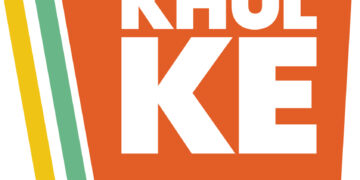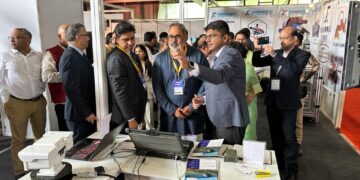All of us have a perfect vision for retirement – a comfortable life and doing everything we have not had the time for, such as travel, taking up a hobby, etc. To make this vision a reality, retirement planning is becoming increasingly necessary.
Planning for retirement is complex. If, however, simplicity is the path you like to take, then, here are 10 simple steps to plan for a secure and comfortable retirement.
Start right away
The best time to start retirement investment is when you receive your first pay check. If you have not done so, then the best time to start is now. Delaying will mean saving more to accumulate the same amount because you would lose out on the power of compounding. For instance, a 25-year-old adult who wishes to retire at the age of 60 and requires Rs.5 crore to fund his retirement, assuming a rate of return of 12% per annum on his investments, will need to invest only about Rs.6,850 per month. However, a 45-year-old adult with the same parameters will need to invest about Rs.86,050 per month for his retirement kitty!
Rent vs buy a home
Owning a home during retirement is very critical. It provides security and relieves you from heavy monthly rent which rises over time due to inflation. Also, real estate is an asset that, in the long term, is expected to appreciate in value.
Healthcare costs
With the ever-rising instance of diseases and a sharp rise in medical costs, any medical emergency could be crippling, physically and financially. It can make a big hole in your retirement kitty. Medical insurance thus becomes a necessity. It is ideal to buy medical insurance when you are young as premiums are low and coverage is high.
Pick a retirement date
The number of years you have to build your wealth and the funds required for your retirement are centred on your retirement date. Most people retire at the age of 60 or 65, but some are retiring earlier; this implies building a higher kitty for retirement.
Life gets more expensive with time
Due to inflation, cost of living rises each year. By the time you are ready for retirement, you will need to spend much more each month to retain the current standard of living. Also, health-related costs will go up as you age. These costs have to be factored in your sustenance expenses during retirement.
Factoring in life expectancy
With advances in medical science, life spans have increased dramatically. Put a number to your life expectancy to ascertain your retirement corpus. It’s important to have sufficient corpus to retain your financial independence and maintain the same standard of living post retirement.
A comfortable nest egg
You must accumulate enough to comfortably see you through your retirement years. It’s preferable to accumulate a little more than a little less.
Where to invest?
What should your retirement portfolio comprise of? If you have more than 10 years to retirement, investing in equity is a good option as it is an asset class that has the ability to beat inflation and provide high returns over a longer time horizon. If, however, you are closer to retirement, it is advisable to invest in debt instruments (or a combination of debt and equity where debt forms a major component of your portfolio). Debt investments not only provide stability to your portfolio, but also generate regular income.
Should I take the SIP route?
SIP or Systematic Investment Plan offered by mutual funds is an ideal and disciplined way of investing over a long period of time. It not only provides the ease of investing a modest sum periodically, but also lets experts manage your investments.
Don’t give up!
Being disciplined and consistent with investing is the key to retaining your financial independence during retirement.
Here is an easy rule-of-thumb method of computing how much retirement kitty you need to accumulate.
Disclaimer: Mr. Deepak Jain is the Head – Sales, Edelweiss Asset Management Limited (EAML) and the views expressed above are his own.
Mutual Fund investments are subject to market risks, read all scheme related documents carefully
An investor education initiative by Edelweiss Mutual Fund
All Mutual Fund Investors have to go through a onetime KYC process. Investor should deal only with Registered Mutual Fund (RMF). For more info on KYC, RMF and procedure to lodge/redress any complaints, visit – https://www.edelweissmf.com/kyc-norms





































